Dive right into our comprehensive RME Babyface Pro FS review to discover every detail about this expertly designed-audio interface. We’ll explore everything from its impressively compact and portable design, superior sound quality, and impressive connectivity options, to its user-friendly interface. Our goal is to provide you with a deep understanding of why this particular product stands tall in a saturated market.
The RME Babyface Pro FS audio interface offers outstanding sound quality with top-tier latency performance. Its sturdy yet sleek aluminum body ensures impressive durability while the myriad of connections including USB and XLR make it a versatile choice for any sound professional.
The high-resolution audio conversion leaves no room for quality loss, making the RME Babyface Pro an indispensable piece in any tech arsenal.
| Feature | Specification |
|---|---|
| Brand | RME |
| Compatible Devices | Personal Computer |
| Connectivity Technology | USB, XLR |
| Number of Channels | 12 in / 12 out |
| Operating System | Windows |
| Microphone Preamps | 2 |
| Instrument Preamps | 2 |
| Jitter Reduction | Full SteadyClock FS circuit |
| Latency | 6 samples less latency on the AD side by ADC |
| Chassis Material | Rugged aluminum |
| Weight | 4.09 pounds |
| Package Dimensions | 11.65 x 6.18 x 3.78 inches |
| Power Supply | USB 3 bus power, most USB 2 ports |
| Digital I/O | Optical TOSLINK (ADAT or SPDIF) |
RME Babyface Pro FS: A Quick Overview
The RME Babyface Pro FS is a robust audio interface designed primarily for personal computers, boasting both USB and XLR connectivity. With a sleek, rugged aluminum chassis, this compact device offers 12 input and 12 output channels, featuring two microphones and two instrument preamps.
The device integrates seamlessly with Windows operating systems and includes full SteadyClock FS circuit technology to reduce jitter effectively.
One of its standout features is the ultra-low latency of just six samples on the analog-to-digital (AD) side by ADC. Weighing in at a mere 4.09 pounds, the Babyface Pro FS remains highly portable without sacrificing quality or durability.
Power is conveniently supplied via USB 3 bus power or most USB 2 ports, enhancing its versatility. Additionally, it supports digital I/O through Optical TOSLINK compatible with ADAT or SPDIF standards.
Unpacking
When you first get your hands on the RME Babyface Pro FS, it comes in a fairly compact box. The size of the box suggests that what’s inside is a portable device. Upon opening, you will find the audio interface snugly packed to ensure it reaches you safely without scratches or dents.
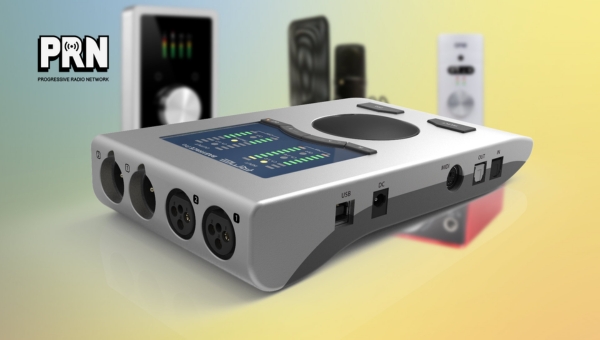
The RME Babyface Pro FS is encased in firm protective packaging to avoid any transportation damages. It offers a clear sign of product safety and longevity right from this first interaction with its packaging. Every detail about its package shows that this company cares about customer satisfaction.
The package contents are simple and direct, including all necessary components for operation. Inside the box, you will find RME Babyface Pro FS audio interface itself on one side, securely held by high-quality foam padding to offer extra protection.
You also get all the needed cables such as a USB cable for power supply and data transfer. The audio interface can connect with personal computers via this USB cable extending its user-friendliness.
Moreover, there is an XLR adapter included in the box which helps improve connectivity options and facilitates an easy setup process for users by availing all required tools at hand.
Apart from hardware components included within the box, there is also an easy-to-read user manual provided to guide every user from the set-up step through the full operation process of their new audio equipment.
Also Read: Pioneer DJ DM-50D Review: Your Ultimate Studio Upgrade
Compact and Portable Design
One great feature that stands out in the RME Babyface Pro FS system is its compact and portable design. This sleek device measures 11.65 x 6.18 x 3.78 inches, an ideal size for users needing professional audio quality on the move. It further poses no issues with portability as it weighs a comfortable 4.09 pounds making it easy to carry around.
The casing is also worth mentioning; made of rugged aluminum, the design is not only sturdy but also stylish, appealing to many music producers and sound engineers alike.
Its compact nature doesn’t compromise on functionality though! Despite its small size, this machine is packed full of features that music creators will appreciate greatly.
Another noteworthy feature of this device’s compactness lies in how it suits different workspace sizes – whether you have a spacious studio or a cramped home setup. Its controlled footprint ensures that you don’t need excessive space to accommodate this high-performing audio interface.
Sound Quality
When assessing the RME Babyface Pro FS, one of its standout features is unquestionably its superior sound quality. This component simplifies professional audio recording at home or in a studio setting.
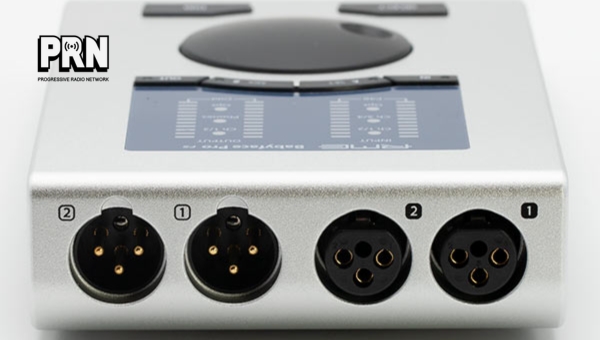
- Audio Resolution: One of the main factors to consider when evaluating an audio interface is the audio resolution it provides. The RME Babyface Pro FS excels in this aspect, guaranteeing crystal-clear sound reproduction that captures every nuance and detail of your output. This high-resolution results in your recordings sounding richer, more precise, and ultimately more professional.
- Sound Reproduction: How well does it capture and playback sound? In regard to the RME Babyface Pro FS review, customers regularly praise its exceptional sound reproduction capabilities. Precisely capturing every tiny detail involved in a performance is fundamental for any audio interface. The product achieves excellent results thanks to superior clocking and conversion stages provided by RME technologies.
Whether you’re developing music tracks or creating podcasts, you can totally trust this device for a dynamic range of sounds with no noise or distortion problems coming through.
Connectivity
One of the shining strengths of the RME Babyface Pro FS lies in its impressive connectivity options. This feature alone sets it apart from many competitors on the market. Here is what you get:
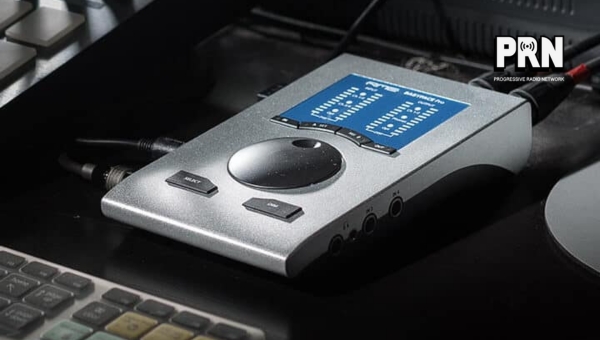
- USB and XLR Connectivity: The Babyface Pro FS comes with both USB and XLR connectivity. In particular, it includes a professional-grade USB port that can be used to connect your personal computer, while its premium XLR ports offer high-quality audio connections.
- High Channel Count: With 12 in/12 out channels, this model has the capacity to handle various signal sources simultaneously. This versatility makes it a choice solution for both home studio recording and live performances.
- Optical TOSLINK: This interface also houses an Optical TOSLINK slot, which is not always common with audio interfaces in this price range. It allows for either ADAT or SPDIF digital input/output, providing more flexibility in your setup.
- Convenient USB Power Supply: The device can be powered through a USB 3 bus power which most computers provide, including many USB 2 ports.
User-friendly Interface
The RME Babyface Pro FS offers a user-friendly interface that can enhance your audio recording and editing experiences. It’s convenient and pretty straightforward to use. Here’s why:
- Ease of Use: One of the most significant advantages that people talk about in any RME Babyface Pro FS review is its simple and easy-to-use design. It doesn’t matter if you’re a professional or a beginner; you’ll find navigating through this device swift and hassle-free.
- Clear Layout: The layout of the controls on the RME Babyface Pro FS is clear and self-explanatory. This helps reduce the time needed to familiarize yourself with it, thereby allowing users to focus on creating dynamic sounds.
- Physical Controls: The device comes equipped with plenty of physical controls, such as knobs for input gain levels or main output volume control. This not only simplifies operations but also provides direct access to important settings making it more user-friendly.
- LED Indicators: Another feature that aids in user-friendliness are LED indicators. The lights provide visual feedback which helps keep track of what’s going on – like signal presence or clip warnings.
Also Read: Antelope Audio Orion Studio Review: Is It Worth Your Money?
Performance
The RME Babyface Pro FS review would not be complete without going over its performance. This high-quality audio interface has received fantastic feedback from users for a variety of reasons:
- Remarkable Audio Quality: Users frequently report that the audio quality is top-notch. Whether recording vocals or instruments, the sound appears clear and full. The Babyface Pro FS does an excellent job of capturing all the details.
- Low Noise Preamps: If you’re worried about background noise messing with your recordings, this audio interface can put your mind at ease. Its preamps are known for having very low noise, providing clean sound input.
- Reliable SteadyClock Technology: This feature ensures you get jitter-free and stable sound even when using external digital sources. Reviewers often compliment the steadiness in their output facilitated by this advanced tech.
- Highly Adjustable: The ability to adjust input and output levels separately is another laudable highlight according to many reviews.
- Smooth Operation: Despite its powerhouse performance, reviewers indicate that it runs quite smoothly without putting excessive demand on your computer resources.
Latency Performance
The RME Babyface Pro FS is famous for its impressively low latency. But, how does it really hold up when you force the latency down? Let’s take a look:
- Superior Performance with Lower Latency: It’s often observed that sound devices might start to crackle or lose quality as you push for lower latency. But RME Babyface stays solid. The audio continues to play smoothly even if the latency is dialed down severely, which is an excellent feature, especially for those who are in live recording environments.
- Advanced ADC technology: The ADC (Analog-Digital Converter) adds just 6 samples of variance on the AD side but this reduction doesn’t influence the overall quality of audio tracks. Babyface Pro FS continues to deliver clear and authentic sounds despite drastically reduced delay times.
Audio Conversion Quality
The RME Babyface Pro FS stands out for its impeccable audio conversion quality. Here’s a closer look at why this feature sets it apart:
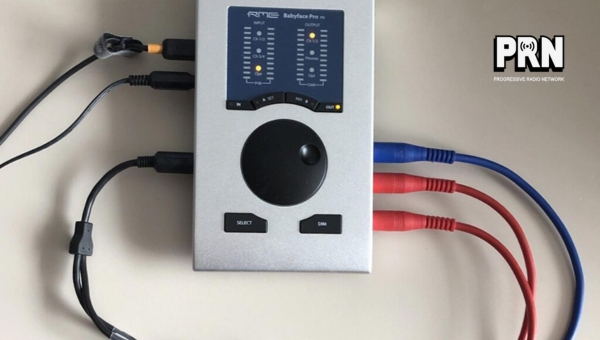
- Exceptional Input Conversion (ADC): One of the reasons this audio interface is so respected in the industry is because of its superb Analog to Digital Converter (ADC). This critical facet of any audio interface transforms analog signals into a digital or binary format that your computer can understand. In simpler terms, it takes the sounds you create with your instruments or voice and turns them into digital data. The Babyface Pro FS does this exceptionally well, ensuring a high-fidelity transfer that faithfully represents the original sound source.
- Superior Output Conversion (DAC): Another aspect worth noting is the Digital to Analog Converter (DAC) performance. This function is critical as it takes the digital information stored on your laptop and coverts it back into an analog signal that you can hear through speakers or headphones. In essence, it translates all those 1’s and 0’s back into melodies and beats you can enjoy. The DAC used in RME Babyface Pro FS delivers excellent conversion quality ensuring rich, full-bodied sound output at all times.
Whether you’re recording new music onto your computer or listening through headphones or speaker system from using the device, expect stellar results with both input (ADC) and output (DAC) conversions when using the RME Babyface Pro FS.
Durability
An important factor to consider in our RME Babyface Pro FS review is the product’s durability. We all want a product that stands the test of time and performs just as well after years of use as it did on day one.
- The RME Babyface Pro FS is built to last. Its rugged aluminum chassis provides top-notch protection for the interior components. This makes it resistant to common wear and tear that musical equipment often experiences.
- With normal usage, users have praised this audio interface for its longevity. Continuous and careful use can ensure that this product will remain functional for many years.
- Regular cleaning and proper storage are essential practices to prolong its life expectancy.
- It also only weighs 4.09 pounds, making it portable yet sturdy enough not to sustain damage from minor drops or accidents.
Remember, durability also largely depends on how you take care of your gear. The RME Babyface Pro FS might be robustly built, but handling with care will extend its life even further!
Also Read: Komplete Audio 6 Mk2: Your Gateway to Pro Sound Quality
Pros and Cons
| Pros | Cons |
|---|---|
| Exceptional audio quality | Relatively costly |
| Highly portable and compact design | Limited channels for larger sessions |
| Rugged aluminum chassis ensures durability | Compatibility confined mostly to Windows OS |
| Impressive connectivity options with less latency on the AD side | Depends mostly on USB power supply |
Conclusion
Concluding the RME Babyface Pro FS review, it’s safe to highlight that it is a real game-changer in the realm of audio interfaces. Compact yet robust, it offers unbeatable sound quality and nearly non-existent latency performance. It features numerous connectivity options which are pretty easy to interact with, providing a user-friendly interface.
However, like everything else, it has some drawbacks but they don’t overshadow its pros at all. If you’re looking for top-notch audio resolution and a seamless recording experience then RME Babyface Pro FS should be your pick!
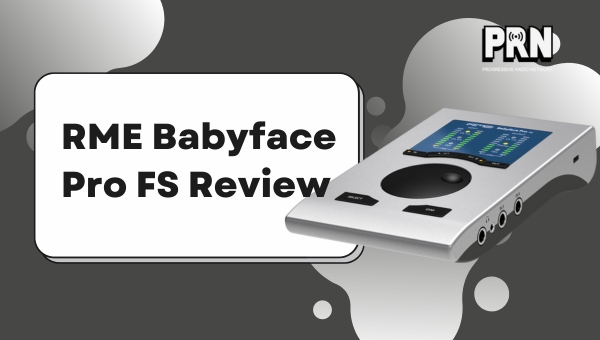
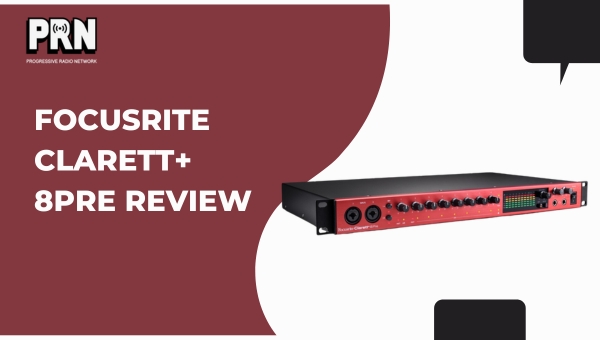
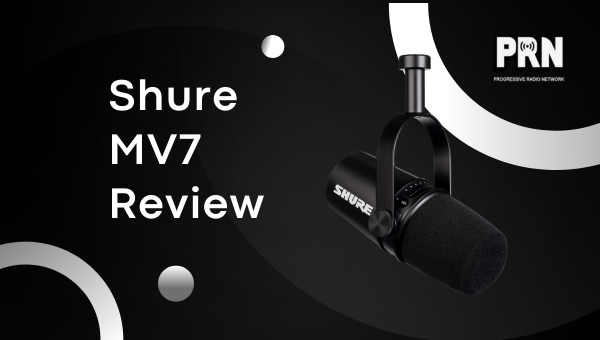
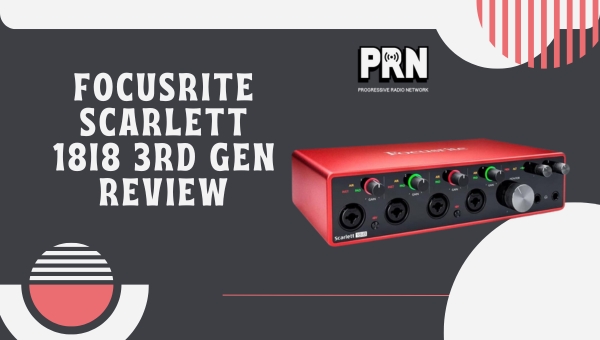
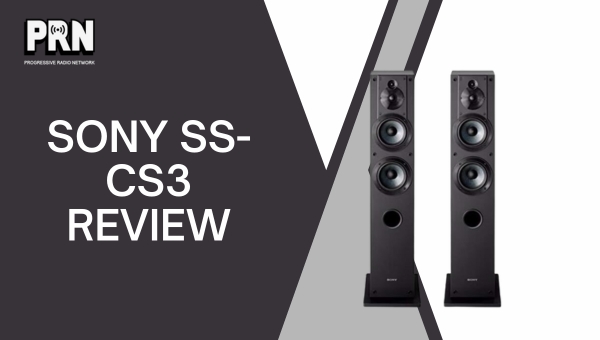
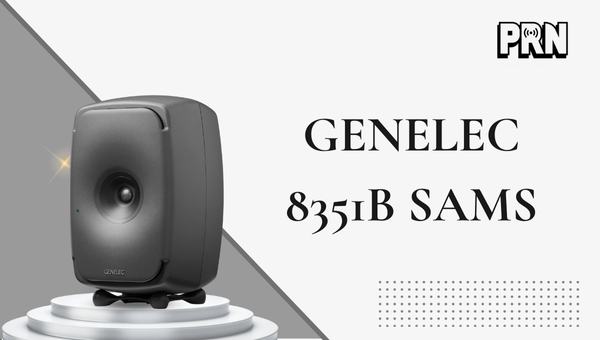
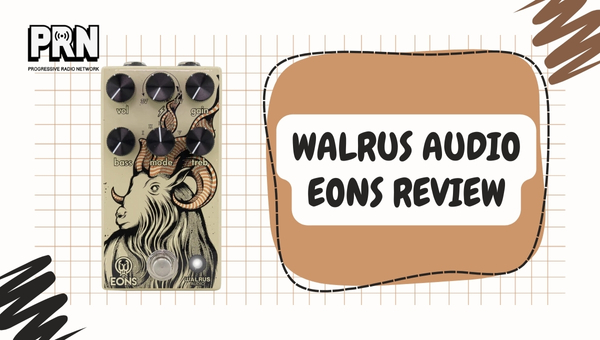
Leave a Comment